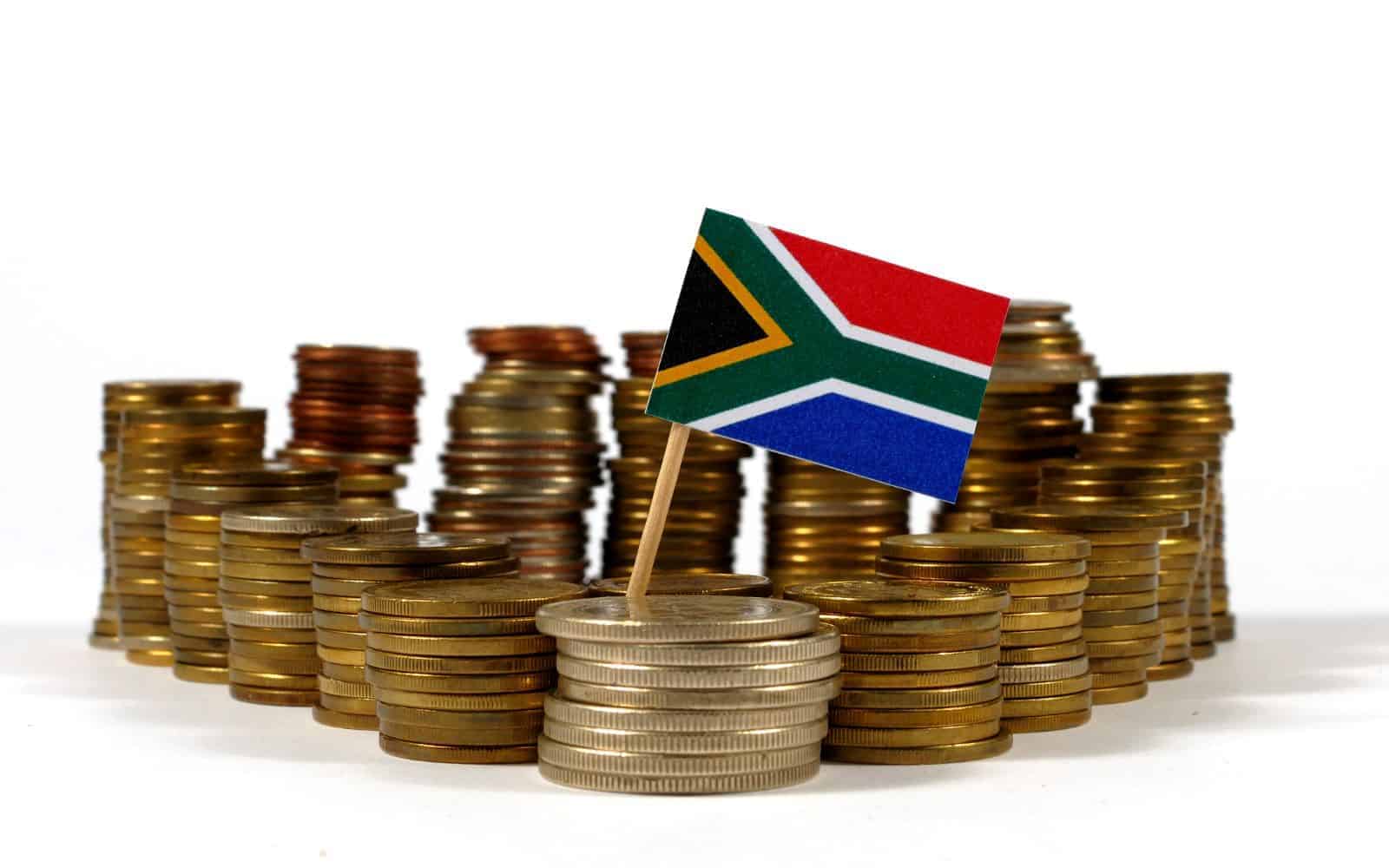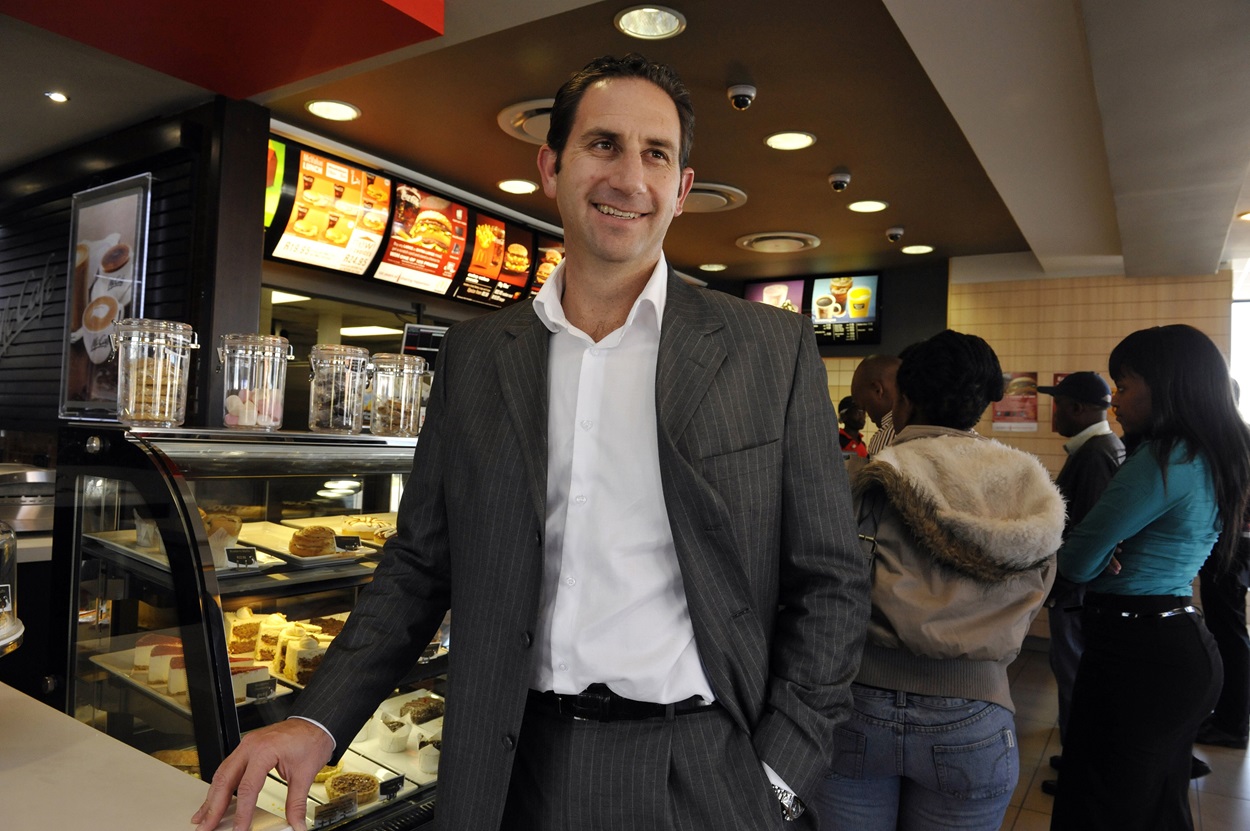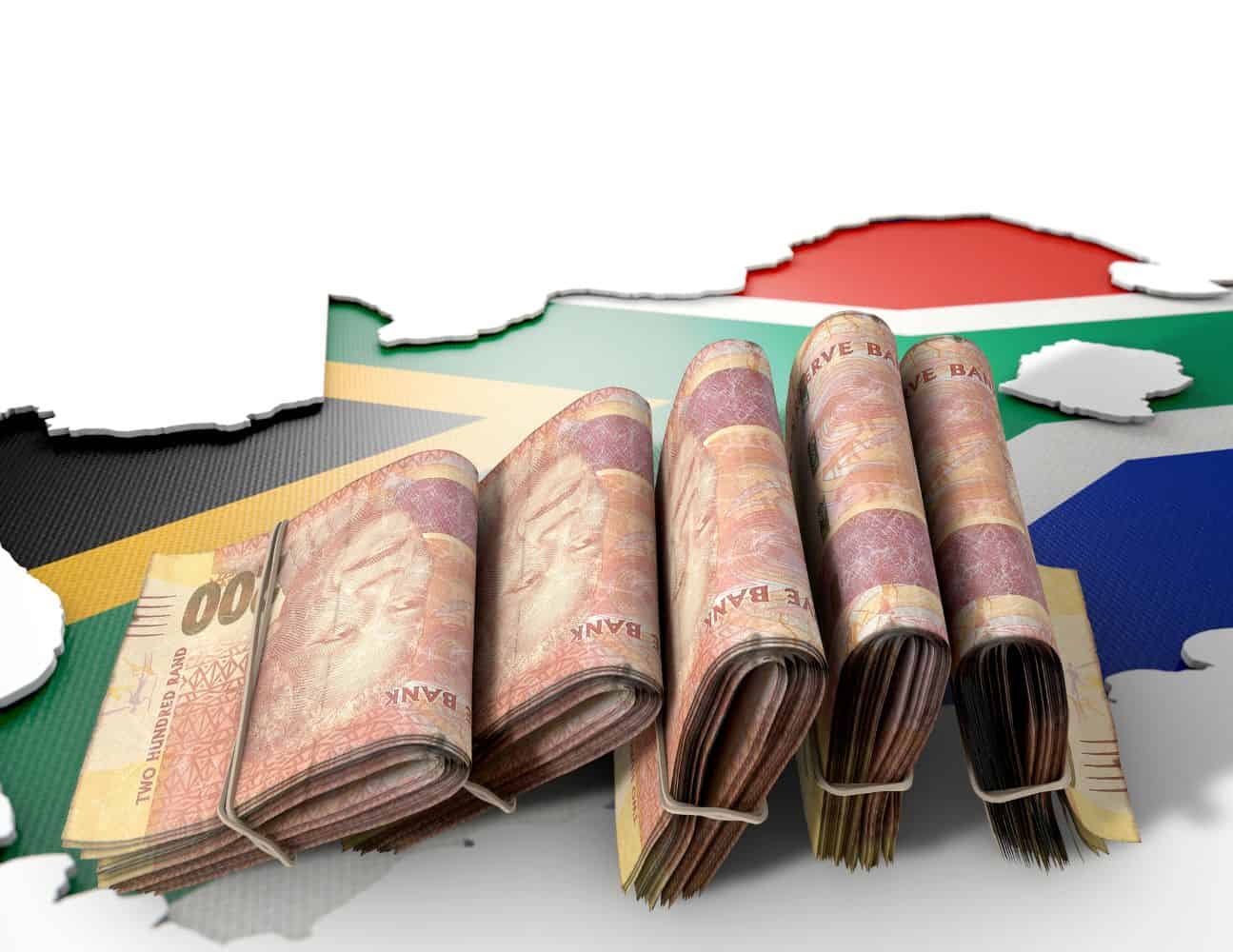Low-income consumers battle to afford nutritious food and when prices increase due to a crisis, the price never decreases again afterwards.
The average price of the household food basket increased again, with almost R100 from September to October, raising questions about why the prices of certain foods continue to increase that producers and retailers must answer.
The household food basket is part of the Pietermaritzburg Economic Justice and Dignity Group’s Household Affordability Index. The basket was designed with women from low-income areas to reflect what they buy to feed their families every month. These women also track the monthly prices at shops where they live.
In October, the average cost of the household food basket was R5 348.65, which was R92,97 (1,8%) more than in September and R51,07 (1,0%) more than in October 2023.
This month the group also compared the food price movements in the average household food basket over the past three years to the current price of the basket. Between October 2022 and October 2024, the cost of the average household food basket increased by R560,82 (12,0%) and between 2021 and 2024 by R1 031,09 (24,0%).
ALSO READ: Households worry about food running out before month-end
Prices in food basket increase in crisis, never come down again
The group says in most cases its comparison of the individual food items shows how a crisis influenced prices, such as bird flu affecting the prices of eggs and chicken, the war in Ukraine affecting the price of sunflower oil and embargoes affecting the price of rice.
When these crises and other general time-bound and lesser challenges are resolved it does not often result in food prices stabilising at levels reasonably close enough to pre-crisis prices, the group points out.
“South Africans are net buyers of food and food affordability largely determines household food security. It is therefore the duty of food producers and retailers to explain why the prices of certain foods continue to increase, what margins they are working with and the pressures they encounter.
“This is necessary to assure consumers that the price they pay reflects the true costs of food and that the food and retailer sectors are not unfairly increasing prices, nor holding back or constraining legitimate price drops.”
The women track the prices of 44 basic foods from 47 supermarkets and 32 butcheries in Johannesburg, Durban, Cape Town, Pietermaritzburg, Mtubatuba and Springbok in the Northern Cape.
ALSO READ: Food prices decreased in June for some low-income consumers in SA
Slight decrease in price of food basket before increasing again
Between May 2024 and August 2024, there was a slight decrease in the overall cost of the basket but in September the prices increased again and this continued in October. The group points out that this upward trend is taking place as we see petrol and diesel prices decline, while electricity supply has stabilised and interest rates and inflation are trending downwards.
“In such a context we would expect that food prices should have continued decreasing, but it did not. The core foods, or foods which women tell us they prioritise and buy first, remain expensive.”
These foods ensure that families do not go hungry and form the primary basis for meals, which include the starches of maize meal, rice, flour, samp, potatoes, bread and inputs that enable the women to cook meals, such as oil and make the food palatable, such as salt, onions, stock cubes and sugar.
According to the price survey, these 17 foods cost R2 908.76 in October and the price increased by R47,92 (1,7%) over the past month. Of the 17 foods, 14 increased in price over the past month.
The group says considering the value of social grants and minimum wages, families struggle even to afford these basic foods and basic hygiene products. “For a healthy population, it is important that the cost of these foods is affordable, as this may allow women to include more nutritious food, such as eggs, maas, vegetables, fruit and meat.
ALSO READ: VAT-free chicken: Sapa applies for no tax on some poultry products in SA
These items in food basket were more expensive
In October, the price of 33 foods increased and decreased for 11 foods. Potatoes cost R22.01 (19%) more for a 10kg pocket, while the price of soup increased by 11%, the price of carrots by 6%, the price of spinach by 9%, the price of Cremora by 6%, the price of bananas by 8% and the price of oranges by 23%.
Other foods that cost more than 2% more were rice (3%), salt (3%), frozen chicken portions (3%), tea (2%), eggs (3%), beef liver (2%), wors (3%), beef tripe (3%), fish (4%), butternut (3%), cabbage (4%), apples (4%), polony (2%) and apricot jam (3%).
The few foods that cost less were chicken feet (-7%), chicken livers (-3%), tomatoes (-3%), green peppers (-2%), peanut butter (-4%) and brown bread (-2%).
In October, the price of the food basket increased marginally in Johannesburg and Durban and substantially in Cape Town and Springbok. The price of the food basket decreased marginally in Pietermaritzburg and Mtubatuba.
Despite these decreases, the group says the cost of the core foods is still too high compared to the low wages and social grants low-income consumers must live on.
ALSO READ: Poverty line shift: This is how much SA’s poor need to survive in 2024
How do you feed a child on such a small amount?
It is especially hard to feed a child on a low income. In October, the average cost to feed a child a basic nutritious diet was R956.40, R14.88 (1.6%) more than in September and R23.67 (2.5%) more than a year ago.
Compare this to the Child Support Grant of R530, which is 33% below the Food Poverty Line of R796 and 45% below the average cost to feed a child a basic nutritious diet.
Workers earning the National Minimum Wage of R27.58 an hour and R220.64 for an 8-hour day would earn R5 074.72 in October 2024 with 23 working days. For black South African workers, one wage must typically support 4.1 people and dispersed in a worker’s family of four, this would come to R1 268.68 per person, again far below the upper-bound poverty line of R1 634 per person per month.
The average cost of a basic nutritional food basket for a family of four was R3 750,75 in October. Using Pietermaritzburg-based figures for electricity and transport and the average price for a minimum nutritional basket of food for a family of four, the group calculates that electricity and transport take up 56.8% of a worker’s wage.
Workers only buy food after paying for transport and electricity, leaving R2 191.75 for food and everything else and the group calculates that workers’ families will underspend on food by a minimum of 41.6% in October.
“In this scenario, there is no possibility of a worker being able to afford enough nutritious food for her family. If the entire R2 191.75 is used to buy food for a family of four, it would provide only R547.94 per person per month, far below the food poverty line of R796.














